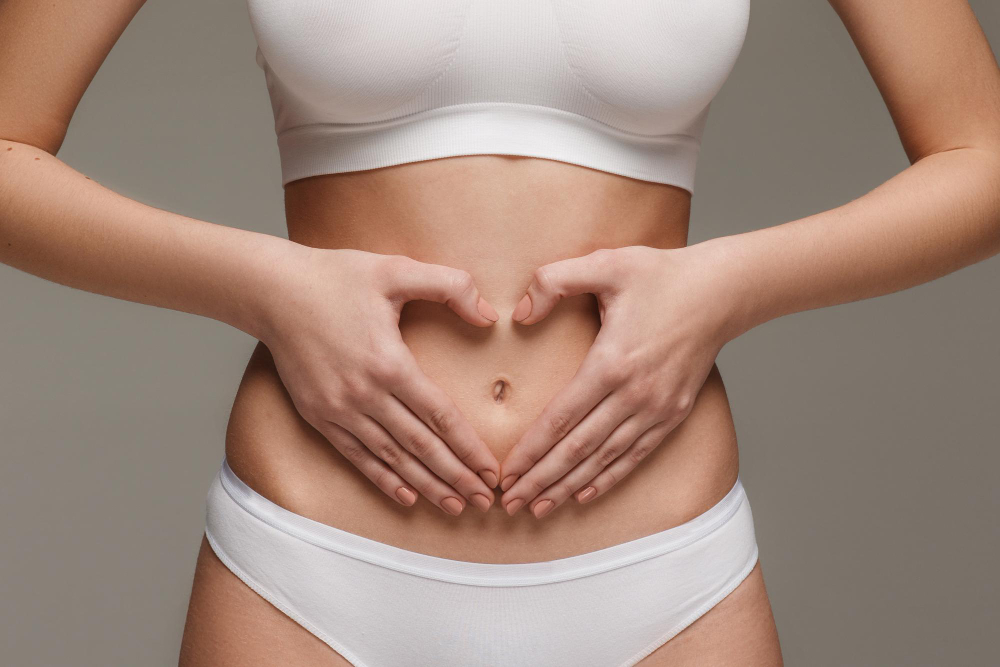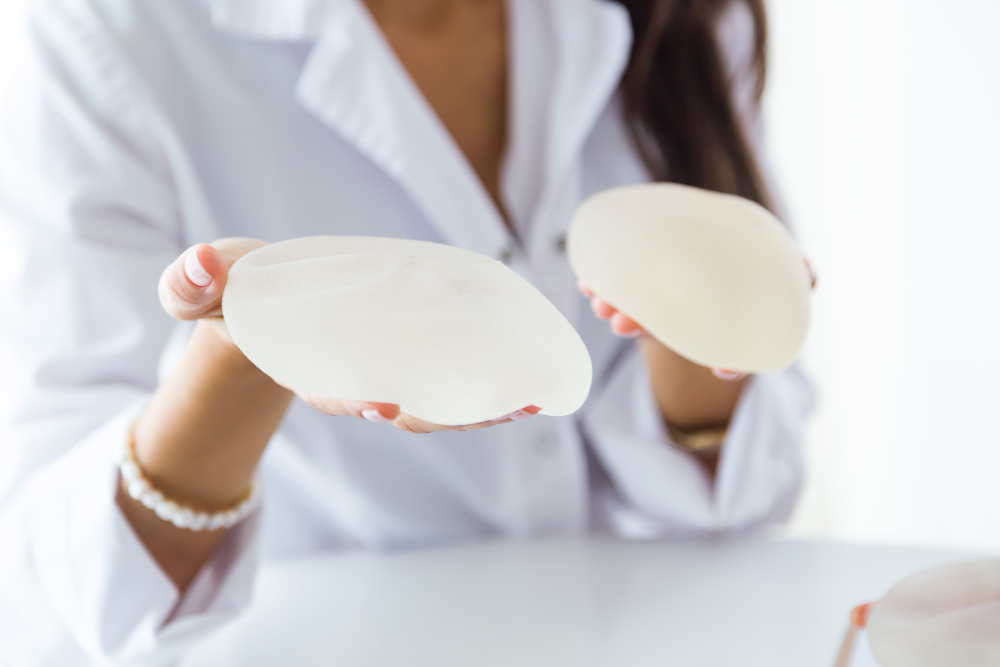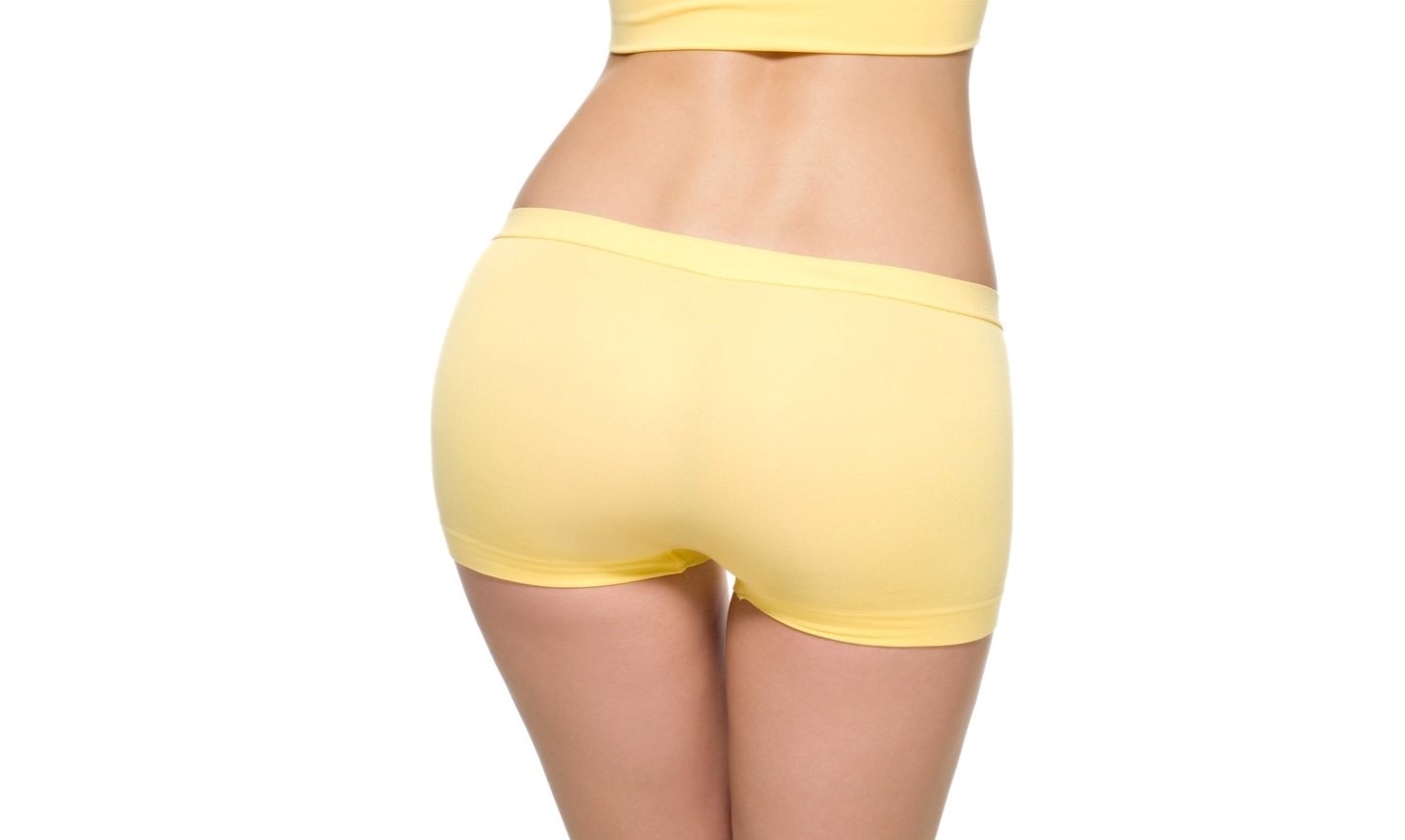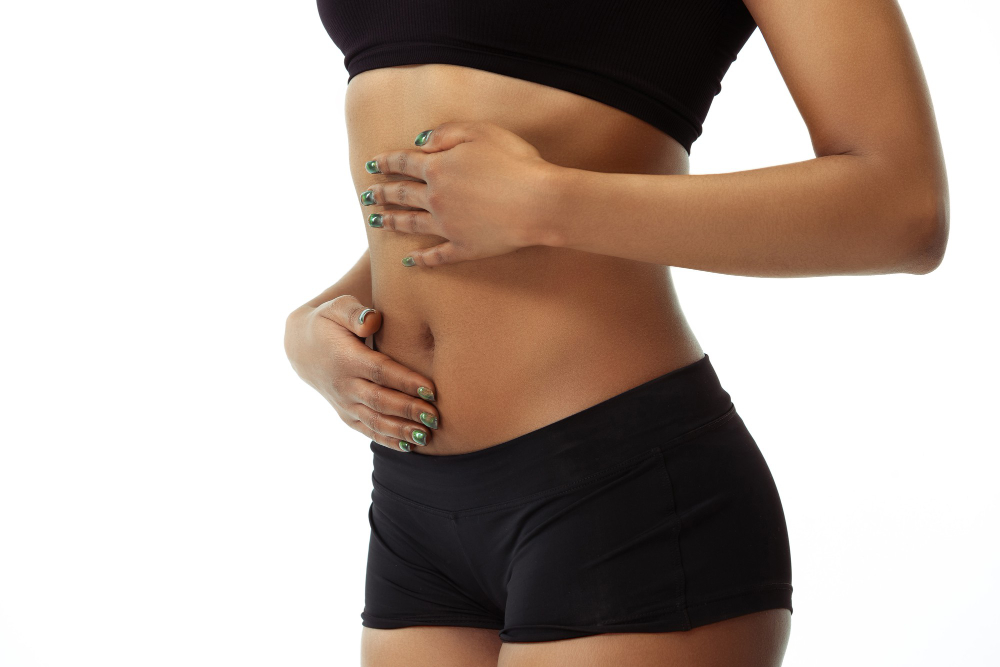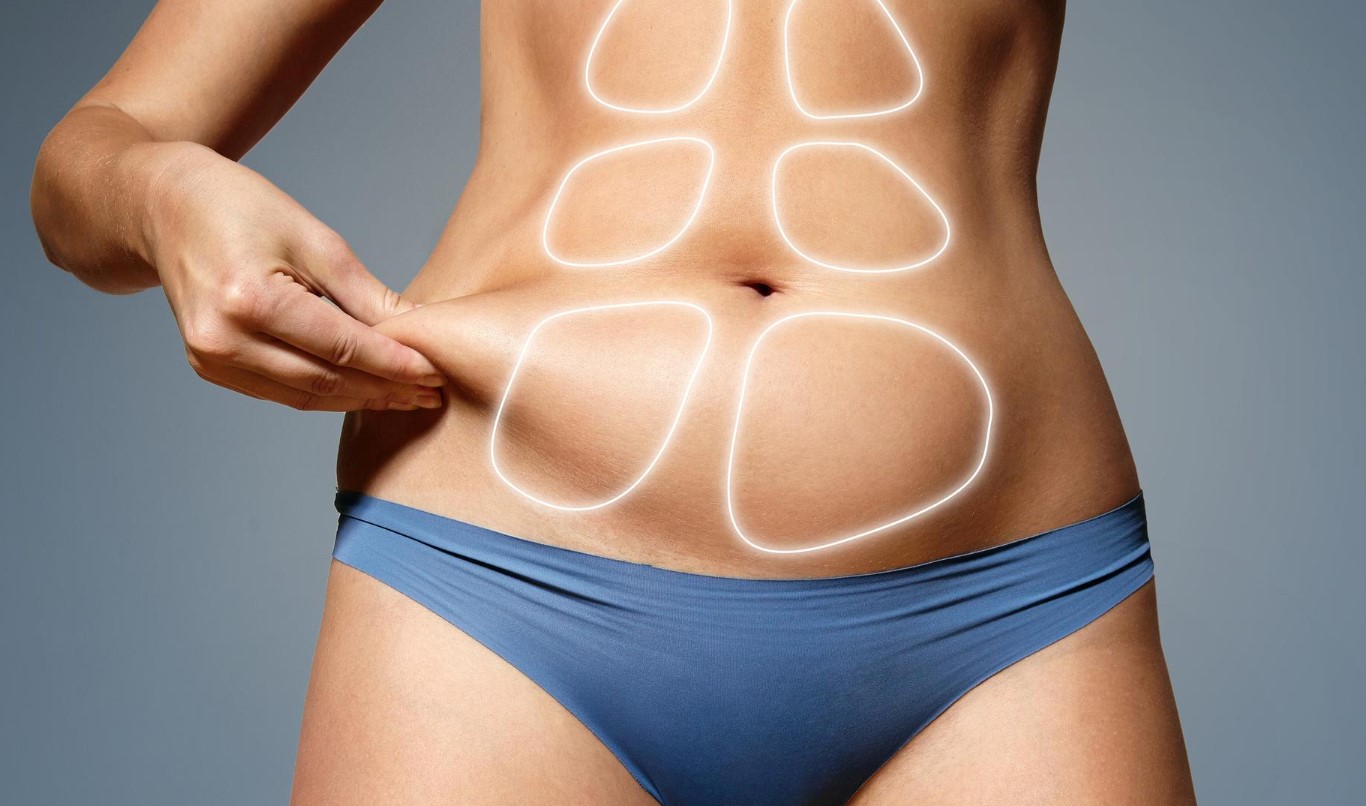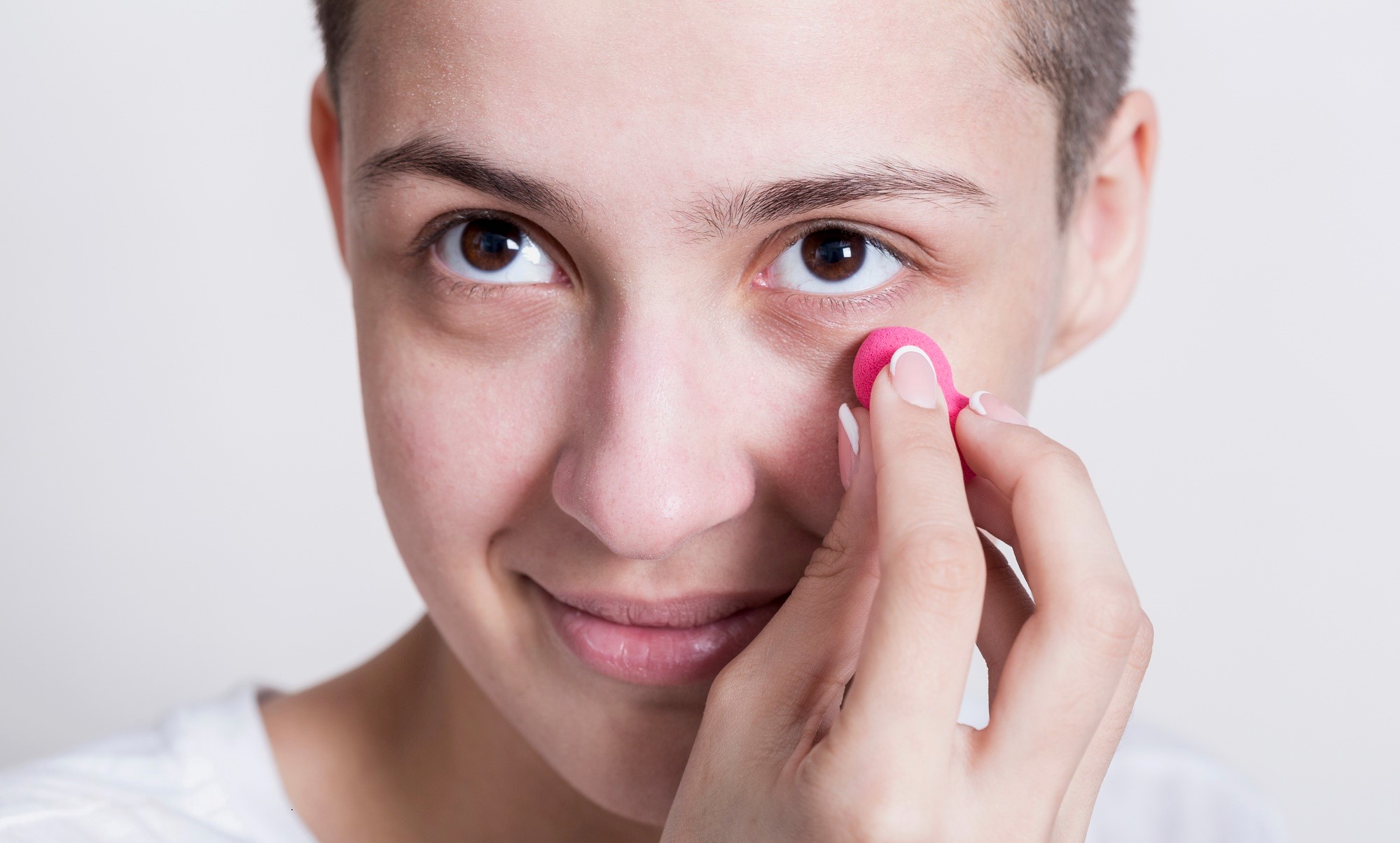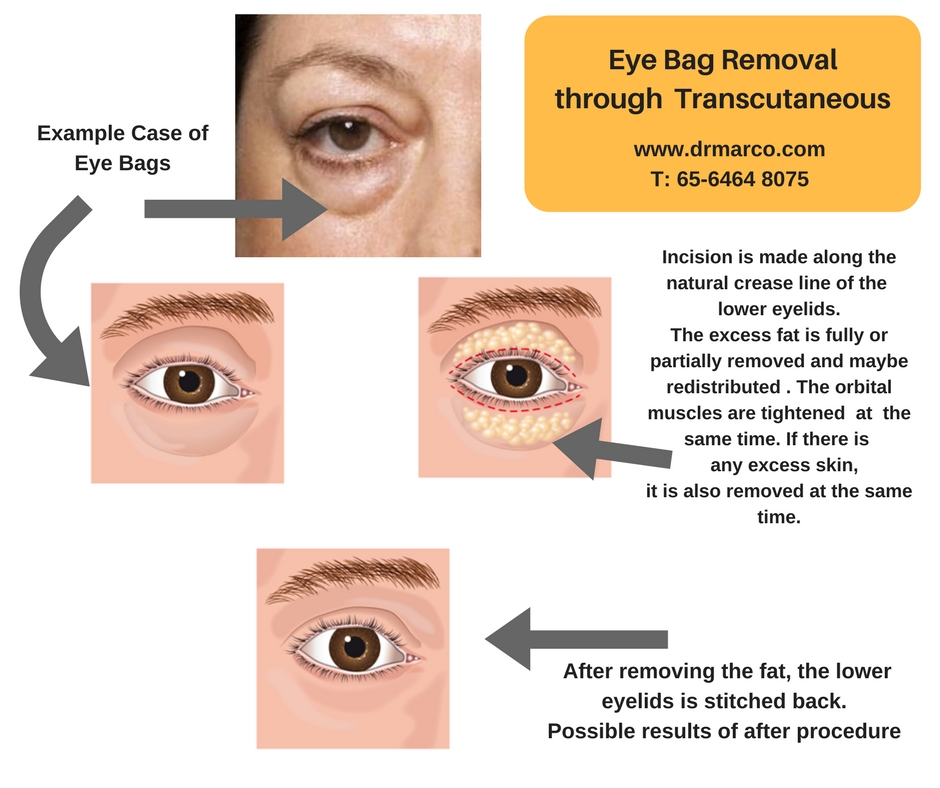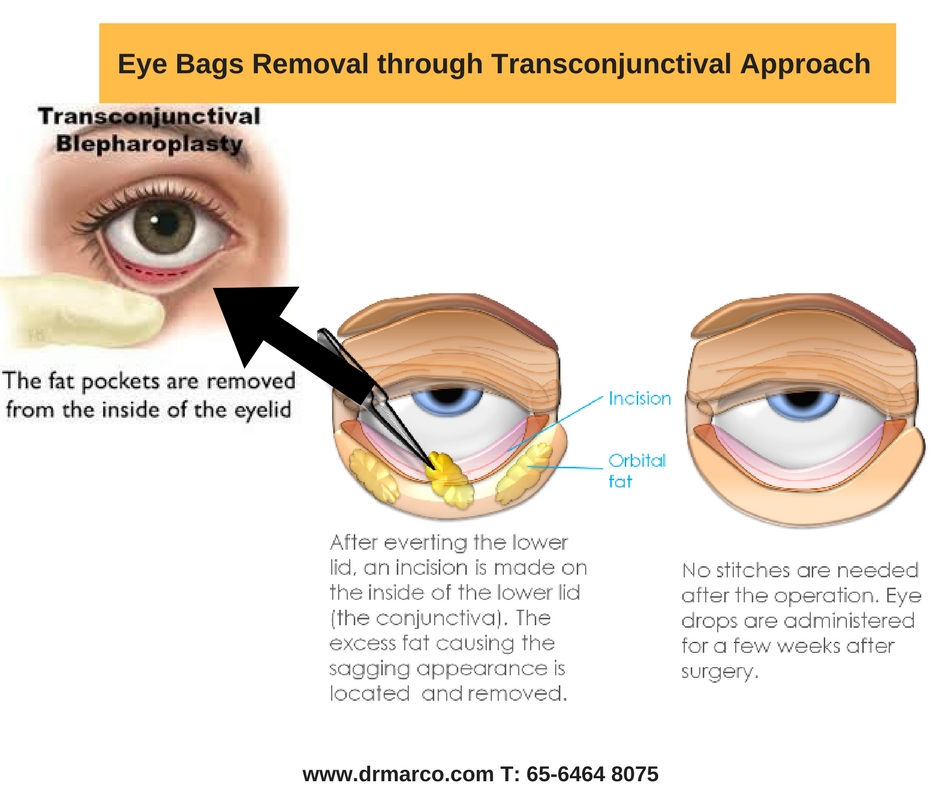Understanding Butt Lift Procedures
A butt lift is a surgical procedure designed to improve the appearance of the buttocks. It can involve lifting, tightening, augmenting, or reshaping the buttocks to achieve a desired look. The history of butt lift procedures dates back to the early 1960s, but significant advancements in surgical techniques and safety measures have been made since then, leading to the development of the Brazilian Butt Lift and the Traditional Butt Lift.
Brazilian Butt Lift
The Brazilian Butt Lift is a procedure that involves fat transfer to augment the size and improve the shape of the buttocks. It begins with liposuction to remove fat from other parts of the body, such as the abdomen, hips, or thighs. This fat is then processed and injected into the buttocks.
Benefits of a Brazilian Butt Lift include:
- Natural-looking results: As the procedure uses the patient’s own fat, the results often look and feel more natural compared to implants.
- Dual benefit of liposuction: The procedure not only enhances the buttocks but also contours the areas where fat is harvested, providing a more balanced body profile.
- Lower risk of rejection: Since the patient’s own fat is used, there is a lower risk of rejection compared to procedures using synthetic materials.
Potential risks of a Brazilian Butt Lift include:
- Fat absorption: Some of the transferred fat may be reabsorbed by the body, potentially requiring additional procedures to maintain the desired result.
- Complications related to liposuction: These can include bruising, swelling, infection, and changes in skin sensation.
- Fat embolism: Although rare, there is a risk of fat embolism, a serious condition where fat enters the bloodstream and blocks a blood vessel.
Ideal candidates for a Brazilian Butt Lift are individuals who have sufficient fat deposits in other parts of their body for transfer, are in good health, and have realistic expectations about the results.
Traditional Butt Lift
A Traditional Butt Lift is a surgical procedure that involves removing excess skin and fat from the buttocks and tightening the remaining skin to provide a lifted appearance. Unlike the Brazilian Butt Lift, it does not typically involve fat transfer or the use of implants.
Benefits of a Traditional Butt Lift include:
- Removal of excess skin: This procedure is particularly beneficial for individuals with sagging skin due to ageing or significant weight loss.
- Long-lasting results: The results of a Traditional Butt Lift are typically long-lasting, with the lifted appearance maintained for many years.
- Improved body contour: By removing excess skin and fat, a Traditional Butt Lift can enhance the overall body contour and improve the fit of clothing.
Potential risks of a Traditional Butt Lift include:
- Scarring: As the procedure involves surgical incisions, there is a risk of visible scarring.
- Complications related to surgery: These can include infection, bleeding, and changes in skin sensation.
- Asymmetry: There is a risk that the buttocks may not be perfectly symmetrical after the procedure.
Ideal candidates for a Traditional Butt Lift are individuals who have excess, sagging skin around the buttocks, are in good health, and have realistic expectations about the results.
Comparison: Brazilian Butt Lift vs. Traditional Butt Lift
When comparing the Brazilian Butt Lift and the Traditional Butt Lift, several factors come into play. The Brazilian Butt Lift involves fat transfer and provides a more rounded and full appearance, while the Traditional Butt Lift focuses on removing excess skin and fat, offering a firmer and more toned look.
Recovery time for both procedures can vary, but generally, patients can expect to return to normal activities within 2-4 weeks.
The longevity of results also differs, with the Brazilian Butt Lift potentially requiring additional procedures due to fat reabsorption, while the results of a Traditional Butt Lift are typically long-lasting.
Factors to Consider When Choosing Between a Brazilian Butt Lift and a Traditional Butt Lift
When deciding between a Brazilian Butt Lift and a Traditional Butt Lift, consider the following factors:
- Desired outcome: If you desire a fuller, more rounded appearance, a Brazilian Butt Lift may be more suitable. If you wish to address sagging or excess skin, a Traditional Butt Lift may be the better option.
- Availability of fat for transfer: A Brazilian Butt Lift requires sufficient fat deposits in other parts of the body for transfer. If you are very lean, this option may not be feasible.
- Recovery time: Both procedures require a recovery period, so consider your ability to take time off work or other responsibilities.
- Potential risks and complications: Understand the potential risks and outcomes associated with each procedure and discuss these with your surgeon.
Frequently Asked Questions
What is the main difference between a Brazilian Butt Lift and a Traditional Butt Lift?
The main difference lies in the procedure itself. A Brazilian Butt Lift involves augmenting the buttocks using fat transferred from other parts of the body, while a Traditional Butt Lift involves removing excess skin and fat from the buttocks and tightening the remaining skin.
How long does it take to recover from each procedure?
Recovery time can vary, but generally, patients can expect to return to normal activities within 2-4 weeks following either procedure.
What are the potential risks and complications of each procedure?
Both procedures carry potential risks, including infection, bleeding, and changes in skin sensation. The Brazilian Butt Lift also carries a risk of fat embolism and fat absorption, while the Traditional Butt Lift may result in visible scarring.
Who is an ideal candidate for a Brazilian Butt Lift?
For a Traditional Butt Lift? Ideal candidates for a Brazilian Butt Lift are individuals with sufficient fat deposits for transfer, while those for a Traditional Butt Lift are individuals with excess, sagging skin around the buttocks. Both procedures require the individual to be in good health and have realistic expectations about the results.
How long do the results last for each procedure?
The results of a Brazilian Butt Lift can vary due to potential fat reabsorption, possibly requiring additional procedures. The results of a Traditional Butt Lift are typically long-lasting.
Can I choose which procedure to have, or does the surgeon decide?
While the patient’s preferences are important, the final decision should be made in consultation with a certified plastic surgeon, who can assess the individual’s health, body shape, and aesthetic goals.
Conclusion
In conclusion, both the Brazilian Butt Lift and the Traditional Butt Lift offer unique benefits and carry potential risks. The choice between the two will depend on an individual’s specific aesthetic goals, body type, and overall health. By understanding the key differences between these two procedures, you can make an informed decision that aligns with your goals and expectations.
Introduction
Tummy tuck and liposuction are both significant procedures in the field of cosmetic surgery and have seen a rise in demand due to their ability to reshape and enhance the body’s contours. They contribute to improved body aesthetics, often leading to increased self-confidence. They also address functional issues such as stubborn fat deposits and sagging skin, common concerns following significant weight loss, pregnancy, or due to ageing.
Understanding Body Contouring
Body contouring is a procedure that alters the shape of different areas of the body. It involves procedures to remove surplus skin and eradicate excess fat. This is not typically a weight solution. Rather, it serves to sculpt the body and target particular areas unresponsive to weight loss or where substantial weight loss has led to surplus skin.
Liposuction
Liposuction is a surgical procedure that removes excess fat deposits between the skin and muscle to improve body contours and proportion. The process involves the use of a thin, hollow tube called a cannula, which is inserted through small skin incisions and moved back and forth to loosen fat. The dislodged fat is then suctioned out of the body using a surgical vacuum.
Ideal candidates for liposuction are individuals who have firm, elastic skin and are at a stable weight but have pockets of excess fat in certain areas.
Tummy Tuck
A tummy tuck, also medically referred as abdominoplasty, is a surgical procedure that removes excess skin and fat from the middle and lower abdomen and tightens the muscles of the abdominal wall. The process involves the following steps:
- An incision is made from hip bone to hip bone, just above the pubic area.
- A second incision is made to free the navel from surrounding tissue.
- The skin is detached from the abdominal wall, revealing the muscles to be tightened.
- The muscle fascia wall is tightened with sutures.
- A dressing is applied, and a temporary tube may be inserted to drain excess fluid.
Ideal candidates for a tummy tuck are individuals who are in good health but have excess skin, fat, or loose abdominal muscles that don’t respond to diet or exercise.
Differences between Liposuction and Tummy Tuck
While both procedures aim to improve body contour, they differ in several ways. Liposuction solely removes fat, while a tummy tuck removes excess skin and tightens muscles in addition to removing fat.
Recovery time for a tummy tuck is typically longer than that for liposuction.
The results of a tummy tuck are more dramatic and noticeable than those of liposuction.
Pros and Cons of Liposuction
Benefits of liposuction include:
- Improved body contour and proportion
- Removal of stubborn fat deposits that are resistant to diet and exercise
Potential risks and complications include:
- Contour irregularities
- Fluid accumulation
- Infection
Pros and Cons of Tummy Tuck
Benefits of a tummy tuck include:
- Flatter, firmer abdominal contour
- Reduction of stretch marks, particularly after pregnancy
Potential risks and complications include:
- Scarring
- Blood clots
- Changes in skin sensation
Factors to Consider When Choosing Between Liposuction and a Tummy Tuck
When deciding between liposuction and a tummy tuck, consider the following factors:
- Your cosmetic goals
- Your overall health
- Your willingness to tolerate scars
- The amount of time you can dedicate to recovery
Frequently Asked Questions
Is liposuction or a tummy tuck more painful?
Pain varies from person to person and depends on the extent of the procedure. Both procedures require anaesthesia and may result in discomfort during recovery.
How long does recovery take for each procedure?
Recovery from liposuction typically takes a few days to a week, while recovery from a tummy tuck can take several weeks.
Can I have both procedures at the same time?
Yes, many surgeons perform these procedures together, but this depends on the patient’s health and specific needs.
What are the costs associated with each procedure?
Costs vary widely depending on the surgeon’s experience, the type of procedure, and the geographic location.
How long do the results last for each procedure?
The results of both procedures are long-lasting, provided you maintain a stable weight and general fitness.
Conclusion
In conclusion, both tummy tucks and liposuction offer unique benefits for body contouring. The choice between the two depends on individual needs, health status, and cosmetic goals. Consult with a board-certified plastic surgeon to discuss the most optimal option for you.

